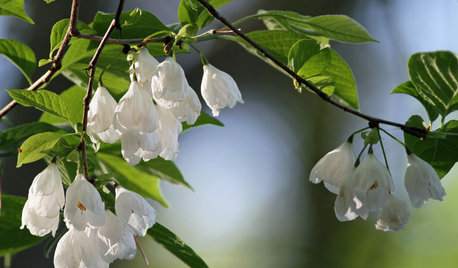Asian Longhorned Beetle seen in Boston
WendyB 5A/MA
13 years ago
Related Stories

GARDENING GUIDESGreat Design Plant: Halesia Tetraptera
Carolina silverbell is a Southeastern native tree that adds spring blooms to a shady slope, a woodland edge or even a lawn
Full StoryMore Discussions







ginny12
claireplymouth z6b coastal MA
Related Professionals
Cottonwood Landscape Architects & Landscape Designers · Brookfield Landscape Contractors · Clearlake Landscape Contractors · Gurnee Landscape Contractors · Mission Landscape Contractors · Muttontown Landscape Contractors · North Potomac Landscape Contractors · Northport Landscape Contractors · Peoria Landscape Contractors · Washington Landscape Contractors · Bainbridge Island Decks, Patios & Outdoor Enclosures · Bonney Lake Decks, Patios & Outdoor Enclosures · Morgan Hill Decks, Patios & Outdoor Enclosures · Natick Decks, Patios & Outdoor Enclosures · Highland Decks, Patios & Outdoor Enclosuresginny12
houstworks
ginny12
diggingthedirt
ellen_s
ellen_s
prairiemoon2 z6b MA
Marie Tulin
carol6ma_7ari
diggingthedirt
WendyB 5A/MAOriginal Author